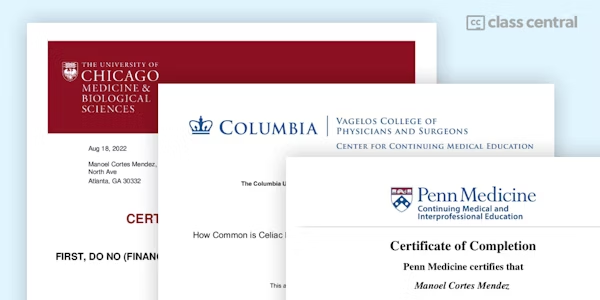Radiation is all around us - without it we wouldn’t exist. Yet the word has become synonymous with danger, death and disaster.
This MOOC will allow the world to see radiation in a new light, to expose its benefits as well as its risks. X-ray radiation, for example, is a scientific and medical discovery that has improved or prolonged billions of lives. Most of us have had an X-ray at some point in our life, at the Dentist, in a hospital or clinic. Yet few people really understand what X-rays are or where they come from.
In this course, we will travel along the spectrum of electromagnetic radiation from unimaginably long to infinitesimally small wavelengths. At each significant point along the way we will stop and consider:
What is the wavelength and frequency of this radiation?
Is it ionising or not?
Who discovered it and how?
What are the uses of this radiation and
What are the risks associated with it?
Through this we hope to clarify a topic that is often confusing and concerning for many.
Overview
Syllabus
- Atomic interactions
- Welcome to the MOOC! This week, we will drill down and examine the world of atoms. By first understanding the structure of atoms, we can then look at how radiation interacts with them. In this module, we will also unpack the two kinds of radiation: particulate and electromagnetic. We will then take our first glimpse at the electromagnetic spectrum.
- Longwave radiation
- This week, we begin our journey across the electromagnetic spectrum, starting at the long wave radiations. These are essentially radio waves, which cover a wide range of frequencies and properties, and infrared waves. Long wave radiations are not ionising and are therefore not carcinogenic, however there are still many misconceptions about them. Come explore the many applications of long wave radiation in everyday life and dispel the myths surrounding some of them.
- Light as radiation
- We continue on our journey across the electromagnetic spectrum. Next stop: visible light and ultraviolet radiation. We will investigate how ionising radiations are able to interact with our atoms and the kinds of damage they can subsequently have on our bodies. We will also examine how our bodies repair these kinds of damage and (in most cases) protect us from their harmful effects.
- Ionising radiation
- This week we go further down the electromagnetic spectrum to the range with the smallest, most energetic frequencies: X-rays and gamma rays. We will explore how these radiations are produced, the fascinating histories behind their discoveries, plus how they're useful in medical imaging. We will also discuss the link between ionising radiations and cancer, and examine the concept of personalised risk.
- Radiation in health
- As we have now finished our journey across the electromagnetic spectrum, we will now put everything we have learnt so far into a health context. In other words, we will examine how different radiations are used in medical imaging and even for certain treatments. Along the way, you will meet many of my colleagues here at the University of Sydney’s Discipline of Medical Radiation Science.
Taught by
Mark McEntee and Ernest Ekpo




